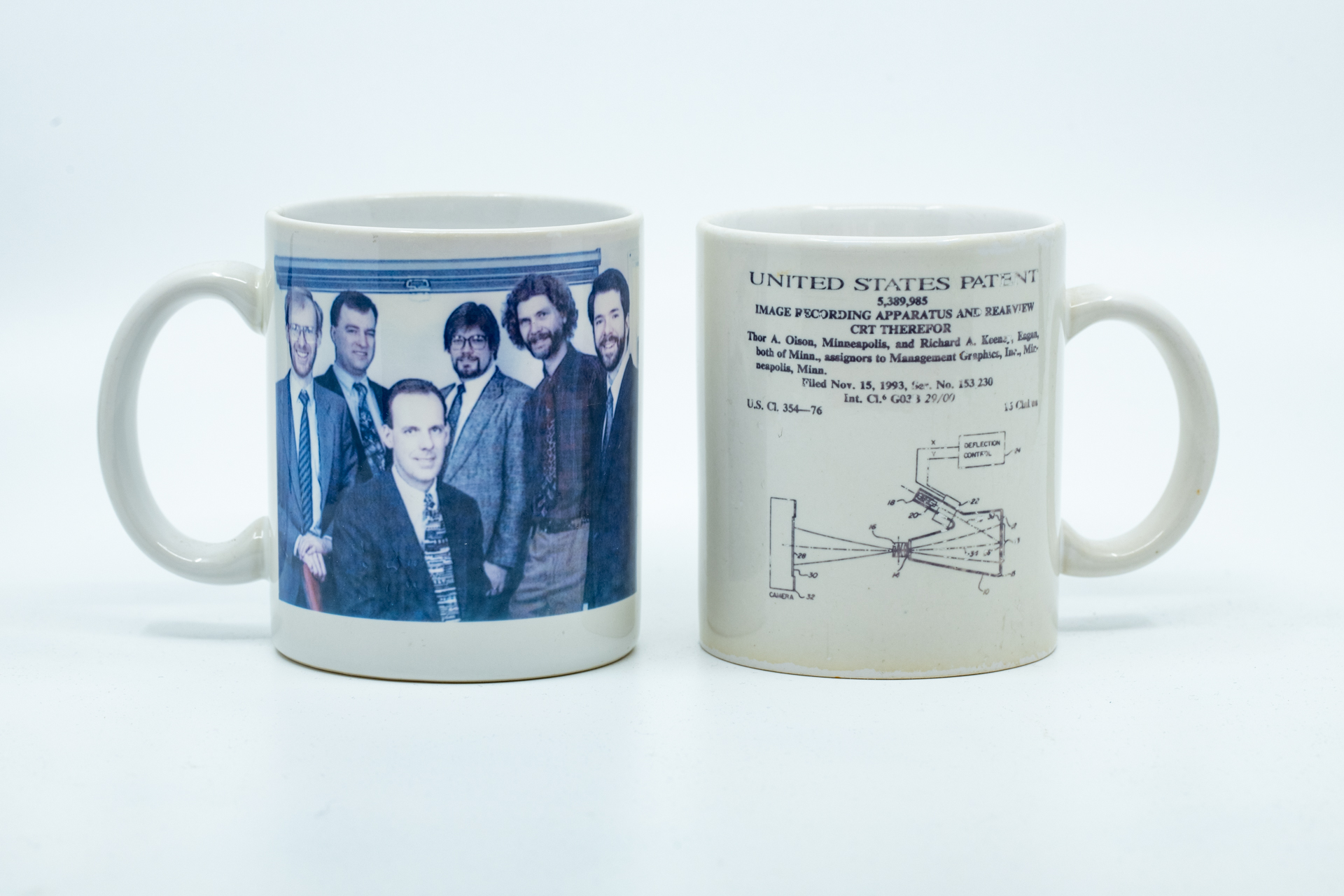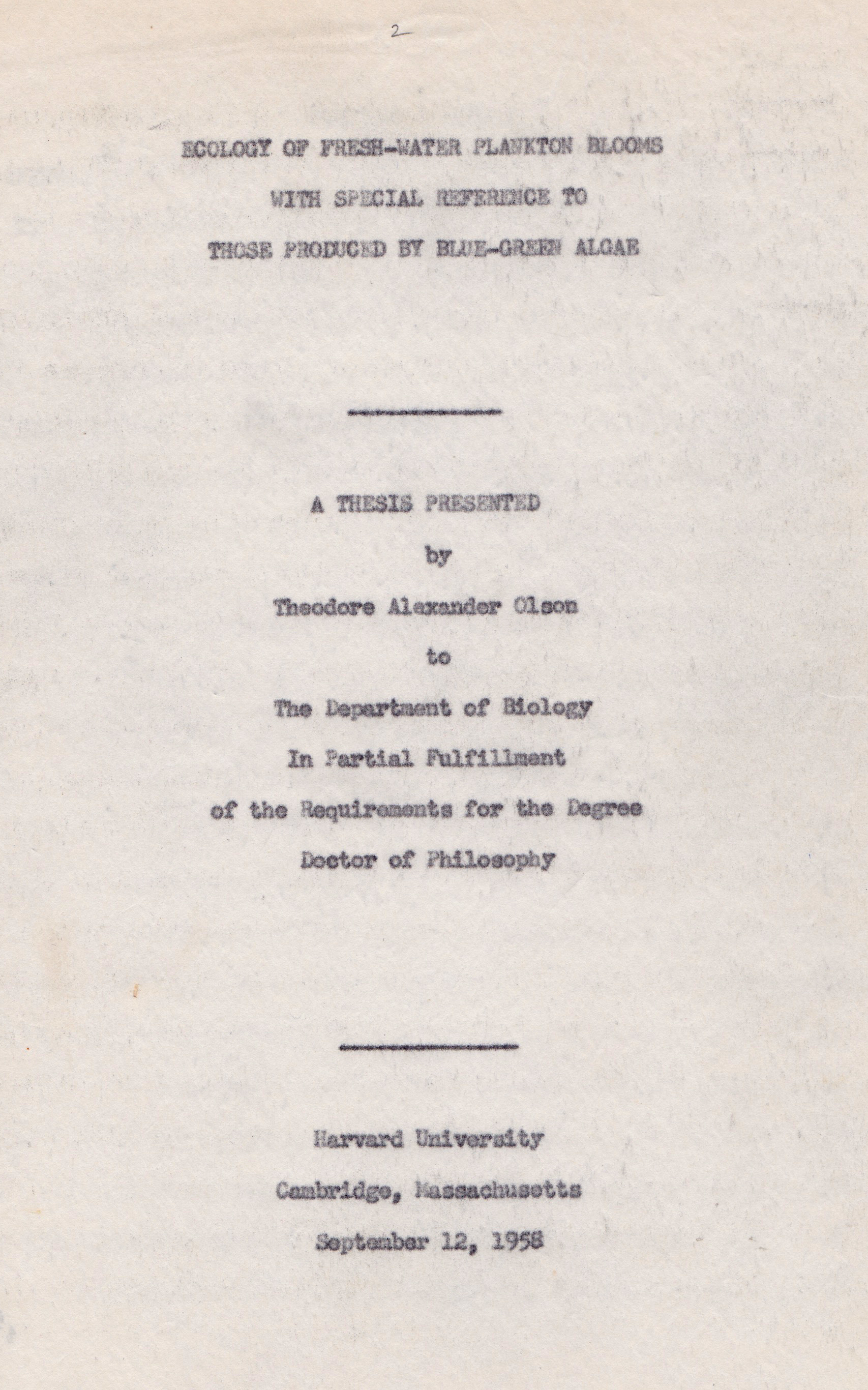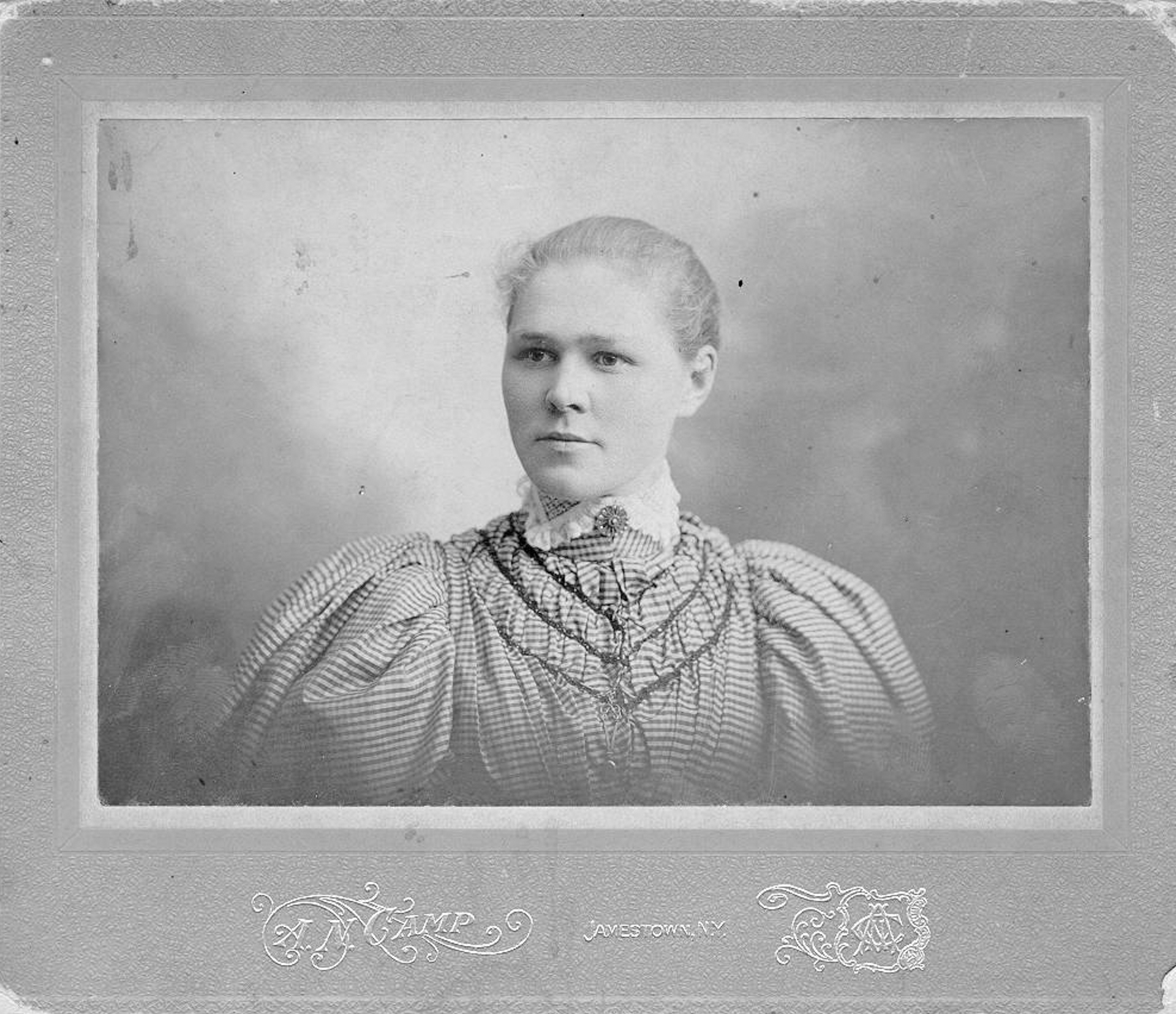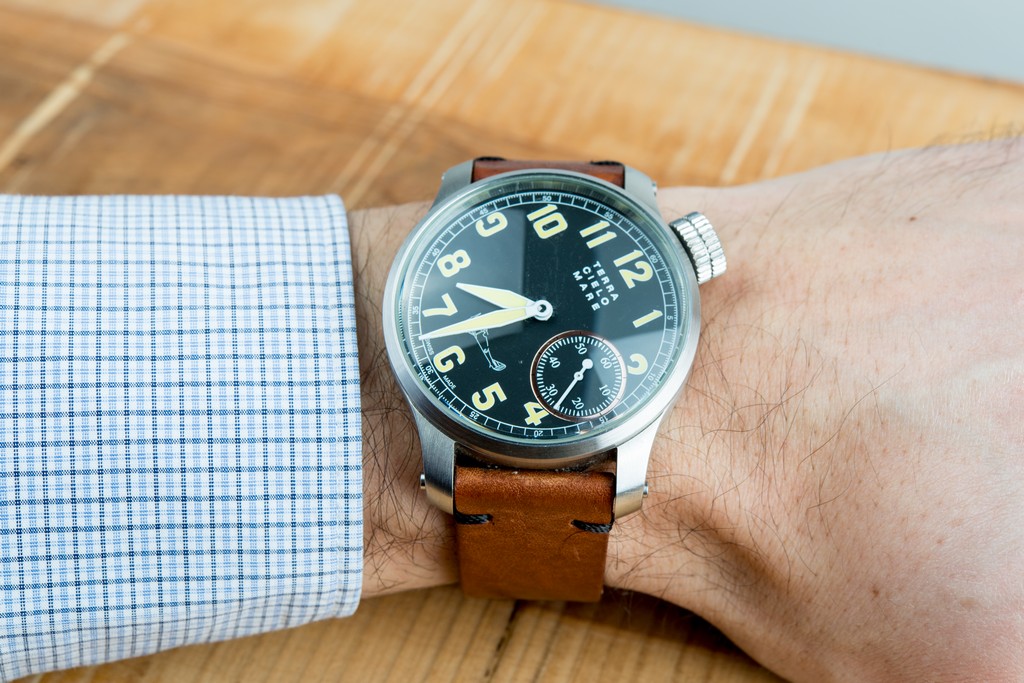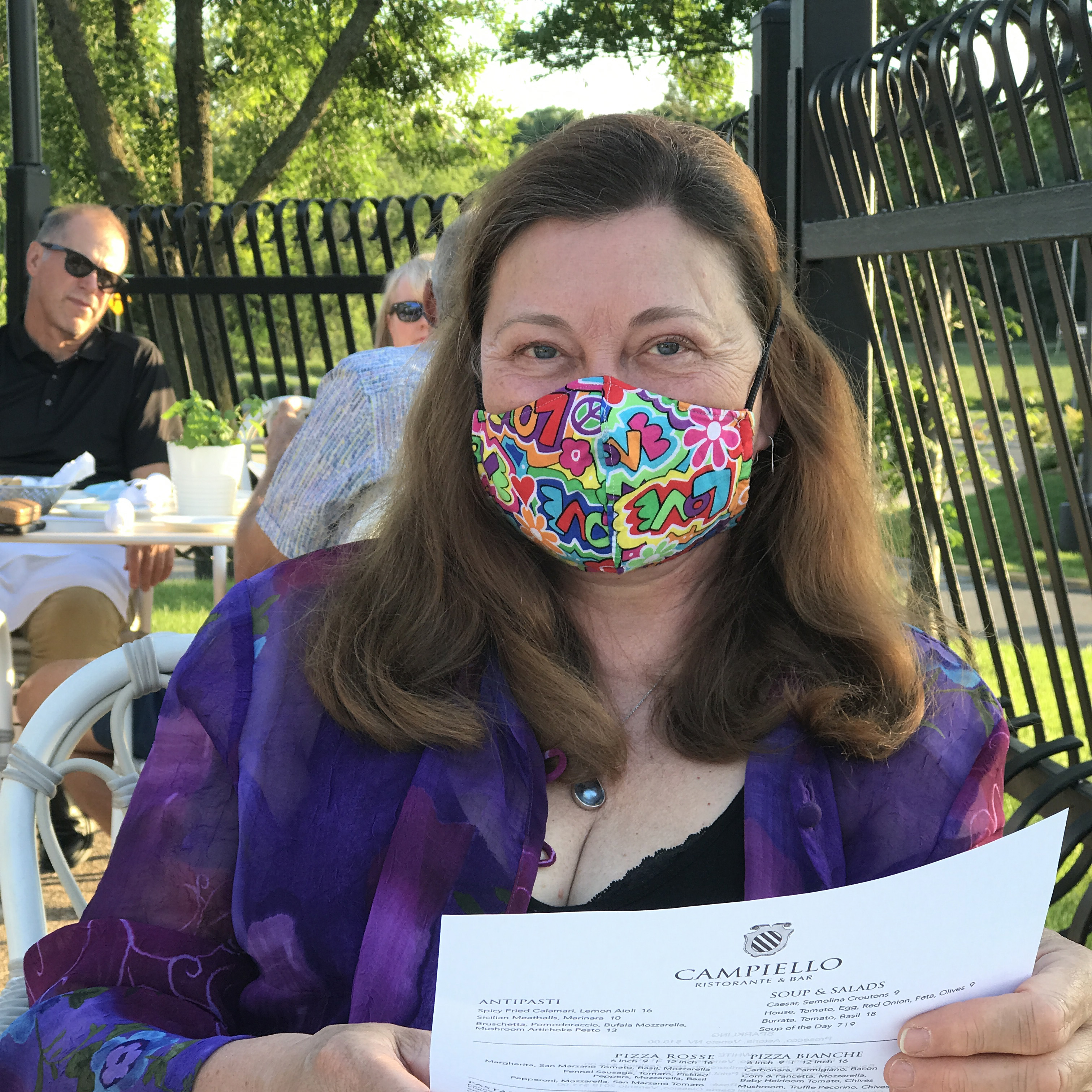I’m occasionally asked about the Academy Award that my colleagues at Management Graphics received. It was during the early days of computer-generated special effects in motion pictures. A product I contributed to, the Solitaire Image Recorder, was selected as a technology advance worthy of the Academy’s Technical Achievement Award. These awards are delivered in a parallel ceremony to the one we are all familiar with. It features celebrities of a different kind: nerds.
This is the story of how my friend Rick Keeney ended up on that award stage. It has been adapted from his personal account and is a bit technical, but don’t let those details detract from the overall story line.
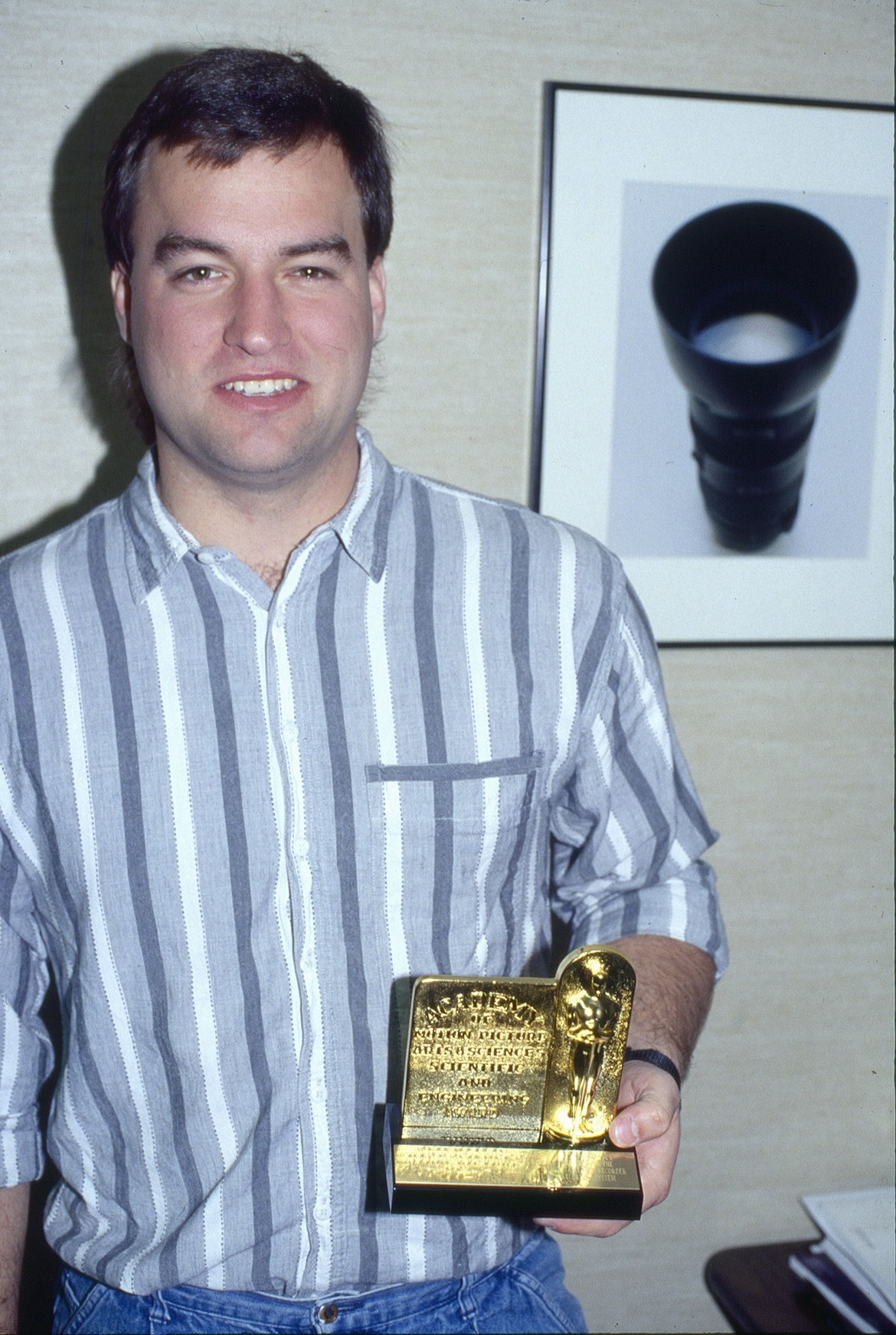
Invention and Innovation
In the formative days of digital photographic imaging, output back to film was produced using specialized, often hand-built, image recorders that were difficult to align, calibrate, and keep running consistently. As one of the early companies in the business of building and selling graphics workstations, Management Graphics (MGI) recognized that the drawbacks of the available film recorders were limiting its workstation sales. MGI kicked off a development effort to build a film recorder that would be a robust and easy-to-use product.
Continue reading
